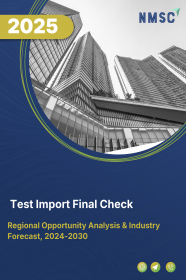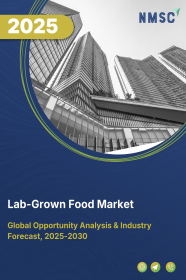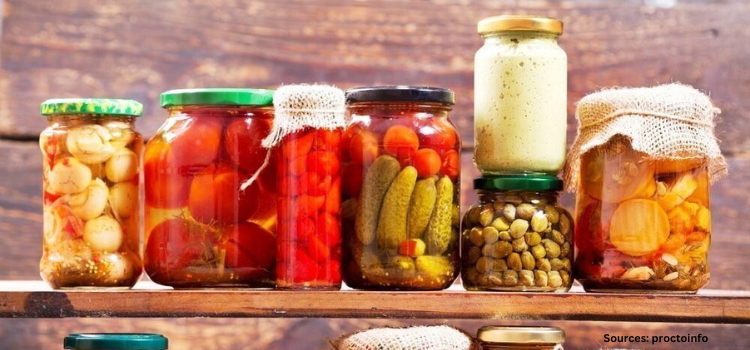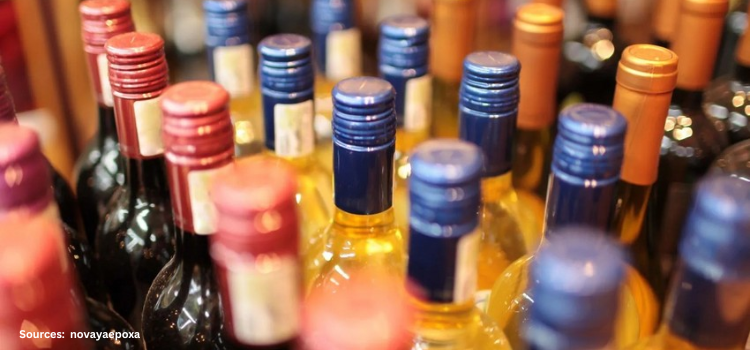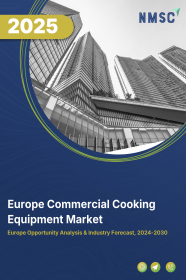
Europe Commercial Cooking Equipment Market by Product Type (Broilers, Grills and Griddles, Cook Chill Systems, Refrigerators, Ovens, Dishwashers and Others), by Size (Small-Scale Equipment, Medium-Scale Equipment and Large-Scale Equipment), and by End-User (Full-Service Restaurants, Quick Service Restaurants, Catering, Railway Dining, Resorts & Hotel, Hospitals and Others)- Opportunity Analysis and Industry Forecast, 2024– 2030
Industry: Retail and Consumer | Publish Date: 13-Feb-2025 | No of Pages: 199 | No. of Tables: 117 | No. of Figures: 82 | Format: PDF | Report Code : RC2958
US Tariff Impact on Europe Commercial Cooking Equipment Market
Trump Tariffs Are Reshaping Global Business
Europe Commercial Cooking Equipment Market Overview
The Europe Commercial Cooking Equipment Market size was valued at USD 2.47 billion in 2023, and is predicted to reach USD 3.57 billion by 2030, at a CAGR of 4.9% from 2024 to 2030. In terms of volume, the market size was 362 thousand units in 2023, and is projected to reach 656 thousand units by 2030, with a CAGR of 8.2% from 2024 to 2030.
Commercial cooking equipment includes a variety of appliances and tools specifically designed for professional kitchens in restaurants, hotels, and catering services. This specialized equipment ensures efficiency and safety in food preparation, made from robust materials to endure continuous use and minimize downtime for smooth kitchen workflow.
Emphasizing energy efficiency, modern equipment aids businesses in reducing utility costs and environmental impact. Investing in top-quality commercial cooking equipment is essential for achieving operational efficiency, enhancing competitiveness, and driving profitability in the food service sector.
Expanding Hotel Chains Drive the Demand for Modern Kitchen Appliances Sector
The commercial cooking equipment market in Europe is experiencing significant growth driven by the expansion of hotel chains across the region. As these hotel groups extend their presence, there is a rising demand for modern kitchen appliances to support their food service operations, including ovens, grills, fryers, refrigeration units, and kitchenware. This expansion necessitates advanced and efficient cooking equipment to maintain high service standards and meet the diverse culinary needs of guests.
Flourishing Tourism Boosts the Commercial Cooking Equipment Industry
The surge in tourism, attracted by Europe’s rich cultural heritage and culinary offerings, is further boosting the Europe commercial cooking equipment market demand. The increasing number of tourists visiting restaurants, cafes, hotels, and catering establishments amplifies the need for robust and efficient food service operations. This growing need for food services drives the need for advanced cooking equipment to ensure quality and efficiency in serving a diverse and increasing customer base.
Stringent Regulatory Requirements and Compliance Standards Hinder the Europe Commercial Cooking Equipment Market Expansion
Stringent regulatory requirements, such as the International Food Standards (IFS) and the Food Safety Modernization Act (FSMA), pose significant challenges for businesses investing in new food service equipment.
Governmental agencies and industry associations enforce regulations that dictate strict protocols for food handling, storage, and preparation to ensure safety and compliance. Failure to adhere to these standards can result in penalties and damage to reputation. Meeting emissions standards further requires investments in ventilation and filtration systems, which add complexity and costs.
These regulatory obligations, coupled with the financial burden of purchasing compliant equipment and ongoing maintenance, disproportionately affect small and medium-sized enterprises (SMEs). As a result, these challenges impede the adoption of new cooking equipment and constrain the Europe commercial cooking equipment market growth within the food service industry.
Integration of Advanced Technologies in CCE Creates Future Market Prospects
Incorporating advanced technologies like smart cooking appliances, IoT-enabled kitchen equipment, and automation solutions is poised to drive significant demand growth in hospitality cooking equipment sector. These innovations enhance efficiency, productivity, and sustainability by enabling precise monitoring, real-time data analysis, and automation of repetitive tasks.
Smart appliances with intelligent sensors optimize cooking processes, while IoT connectivity allows for informed decision-making and performance improvements. Automation streamlines operations, reducing energy consumption and waste, aligning with the industry's shift towards sustainable practices.
France Dominates the Europe Commercial Cooking Equipment Market Share
The expansion of hotels, resorts, and accommodations significantly propels the growth of France commercial cooking equipment industry. For instance, Accor, a leading French hospitality company, is opening 61 new properties in 2023, with 53 categorized as "Premium, Midscale, and Economy."
This growth drives the demand for innovative cooking equipment, essential for efficient operations and quality food service. Investing in advanced hospitality cooking equipment is crucial for staying competitive and meeting the evolving needs of guests in the dynamic hospitality industry.
Moreover, the tourism sector significantly boosts the France commercial cooking equipment market. As one of the world's top travel destinations, France attracts millions of visitors yearly, driving demand for food services in the hospitality industry.
A report by the World Tourism and Travel Council projects international arrivals to surge in the first half of 2024, contributing USD 236.87 billion to the national economy. To meet changing traveller preferences and maintain service excellence, food service businesses will require innovative restaurant cooking equipment.
Finland to Witness Substantial Growth in the Europe Commercial Cooking Equipment Market Trends
The expansion of Finland's hotel industry is significantly contributing to the Europe commercial cooking equipment market trends. As hotels like Scandic, the largest Nordic hotel operator, grow their operations, demand for modern and efficient cooking equipment increases.
Scandic's new 144-room hotel in Oulu, set to open in late 2025, exemplifies this trend, highlighting the need for advanced kitchen solutions. This growth creates ample opportunities for equipment manufacturers and suppliers to innovate, enhancing food service operations and customer experiences.
With strategic investments in modern cooking equipment, the food service sector can significantly improve operational efficiency and service quality, further driving the market development in Finland.
Tourism plays a crucial role in driving the growth of Finland commercial cooking equipment market. According to the Finland Border Survey, foreign visitors made 3.4 million trips to Finland between March and November 2023.
This influx of tourists underscores the rising demand for modern and efficient cooking equipment to cater to the evolving preferences of travelers and maintain high service standards.
As Finland's tourism industry continues to flourish, there is an increasing necessity for advanced cooking appliances to meet the diverse culinary expectations of visitors and ensure exceptional service quality.
Investing in cutting-edge cooking technology is essential to enhance the overall dining experience for tourists and sustain the growth of the Europe commercial cooking equipment market landscape.
Competitive Landscape
The key players operating in the Europe commercial cooking equipment industry include AB Electrolux, Ali group SRL, Illinois Tool Works Inc., John Bean Technologies Corp., Middleby Corporation, Meyer, Nordic Kitchen, Alto-Shaam Inc., Kpa Company ApS, Duke Manufacturing Company and others.
Europe Commercial Cooking Equipment Market Key Segments
By Product Type
-
Broilers
-
Grills and Griddles
-
Cook Chill Systems
-
Refrigerators
-
Ovens
-
Dishwashers
-
Others
By Size
-
Small-Scale Equipment
-
Medium-Scale Equipment
-
Large-Scale Equipment
By End-User Industry
-
Full-Service Restaurants
-
Quick Service Restaurants
-
Catering
-
Railway Dining
-
Resorts & Hote
-
Hospitals
-
Others
By Country
-
The U.K.
-
Germany
-
France
-
Italy
-
Spain
-
Denmark
-
Netherlands
-
Finland
-
Sweden
-
Norway
-
Russia
-
Rest of Europe
Key Players
-
AB Electrolux
-
Ali group SRL
-
Illinois Tool Works Inc.
-
John Bean Technologies Corp.
-
Middleby Corporation
-
Meyer
-
Nordic Kitchen
-
Alto-Shaam Inc.
-
Kpa Company ApS
-
Duke Manufacturing Company
REPORT SCOPE AND SEGMENTATION:
|
Parameters |
Details |
|
Market Size in 2023 |
USD 2.47 Billion |
|
Revenue Forecast in 2030 |
USD 3.57 Billion |
|
Growth Rate |
CAGR of 4.9% from 2024 to 2030 |
|
Market Volume in 2023 |
362 thousand Units |
|
Market Forecast in 2030 |
656 thousand Units |
|
Volume Growth Rate |
CAGR of 8.2% from 2024 to 2030 |
|
Analysis Period |
2023–2030 |
|
Base Year Considered |
2023 |
|
Forecast Period |
2024–2030 |
|
Market Size Estimation |
Billion (USD) |
|
Market Volume Estimation |
Thousand Units |
|
Growth Factors |
|
|
Countries Covered |
11 |
|
Companies Profiled |
10 |
|
Market Share |
Available for 10 companies |
|
Customization Scope |
|
|
Pricing and Purchase Options |
Avail customized purchase options to meet your exact research needs. |








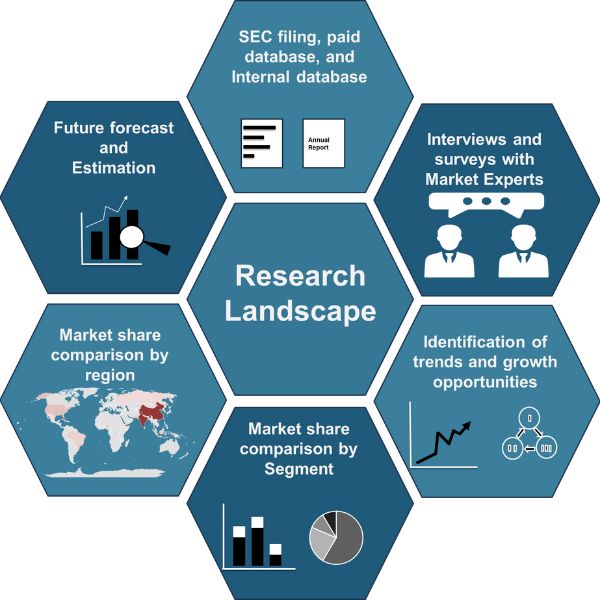
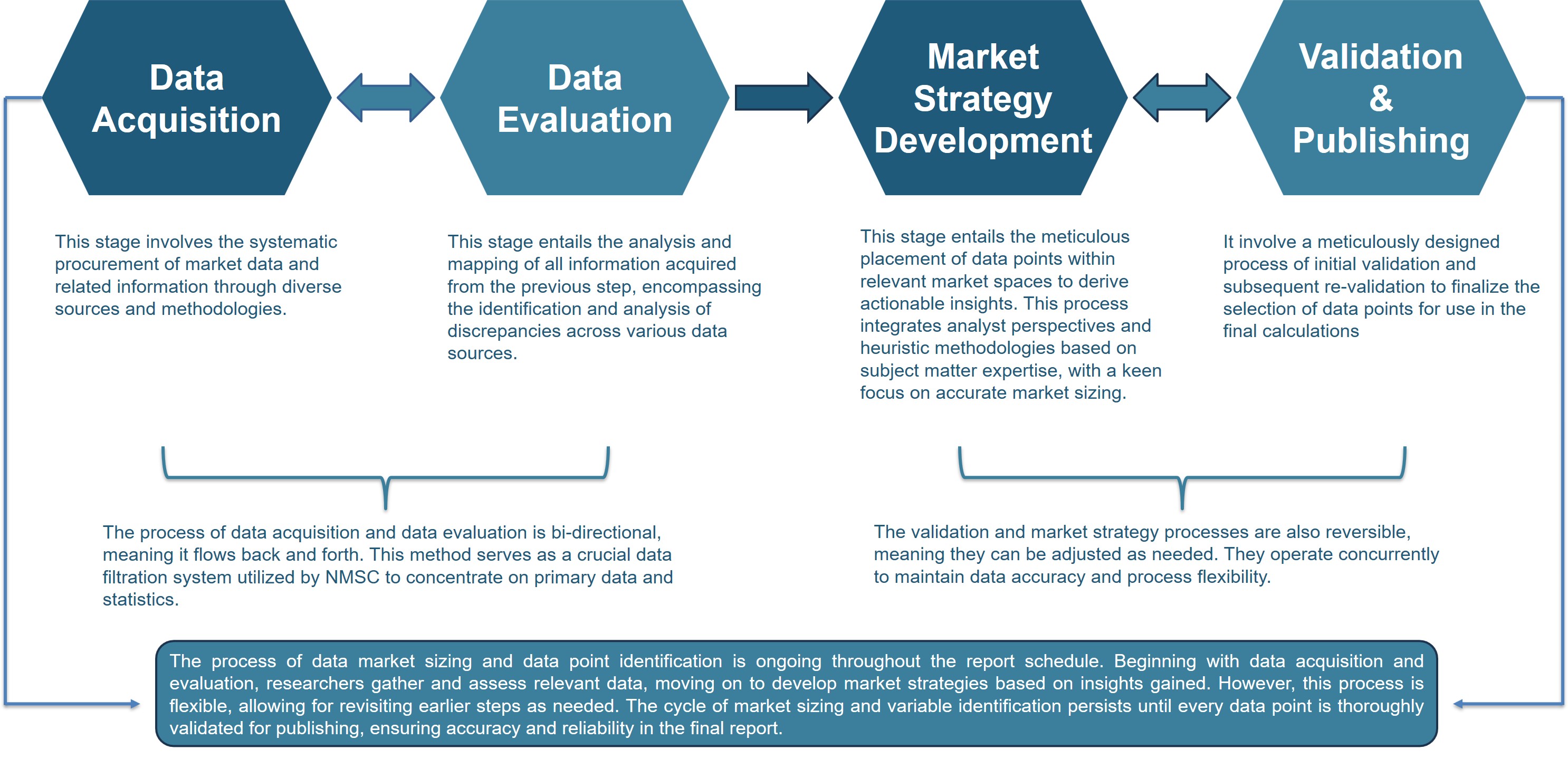



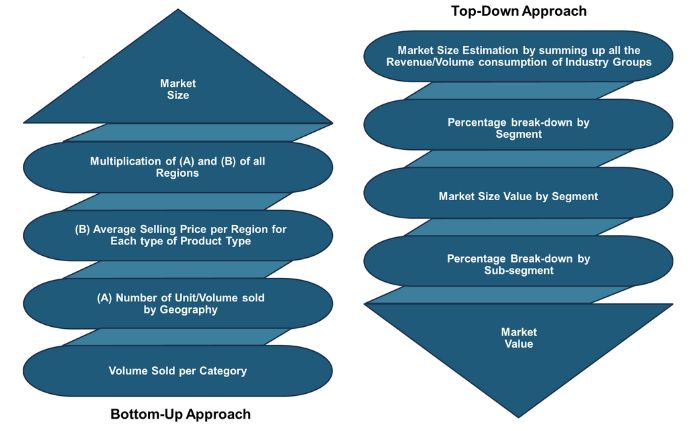
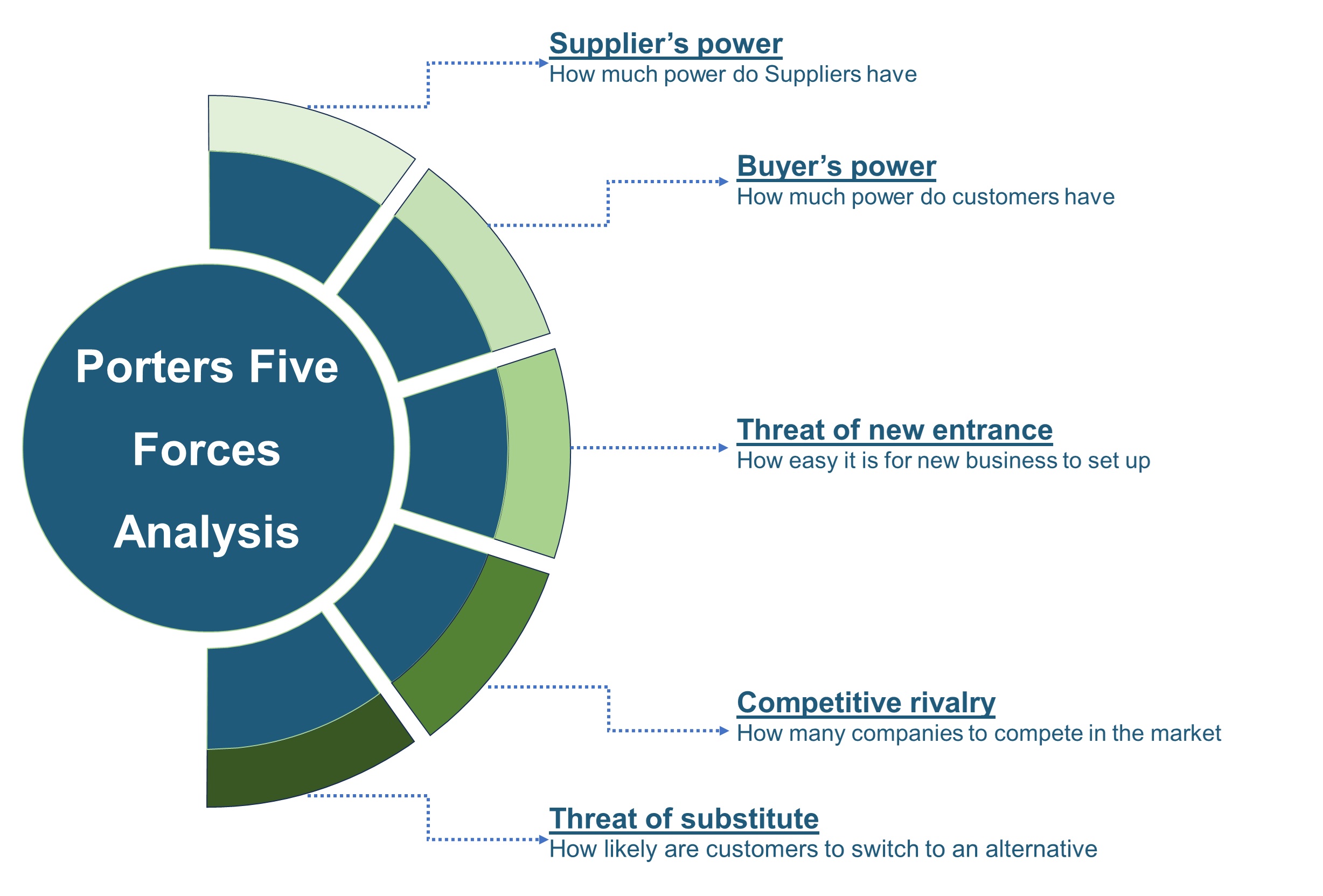


 Speak to Our Analyst
Speak to Our Analyst




